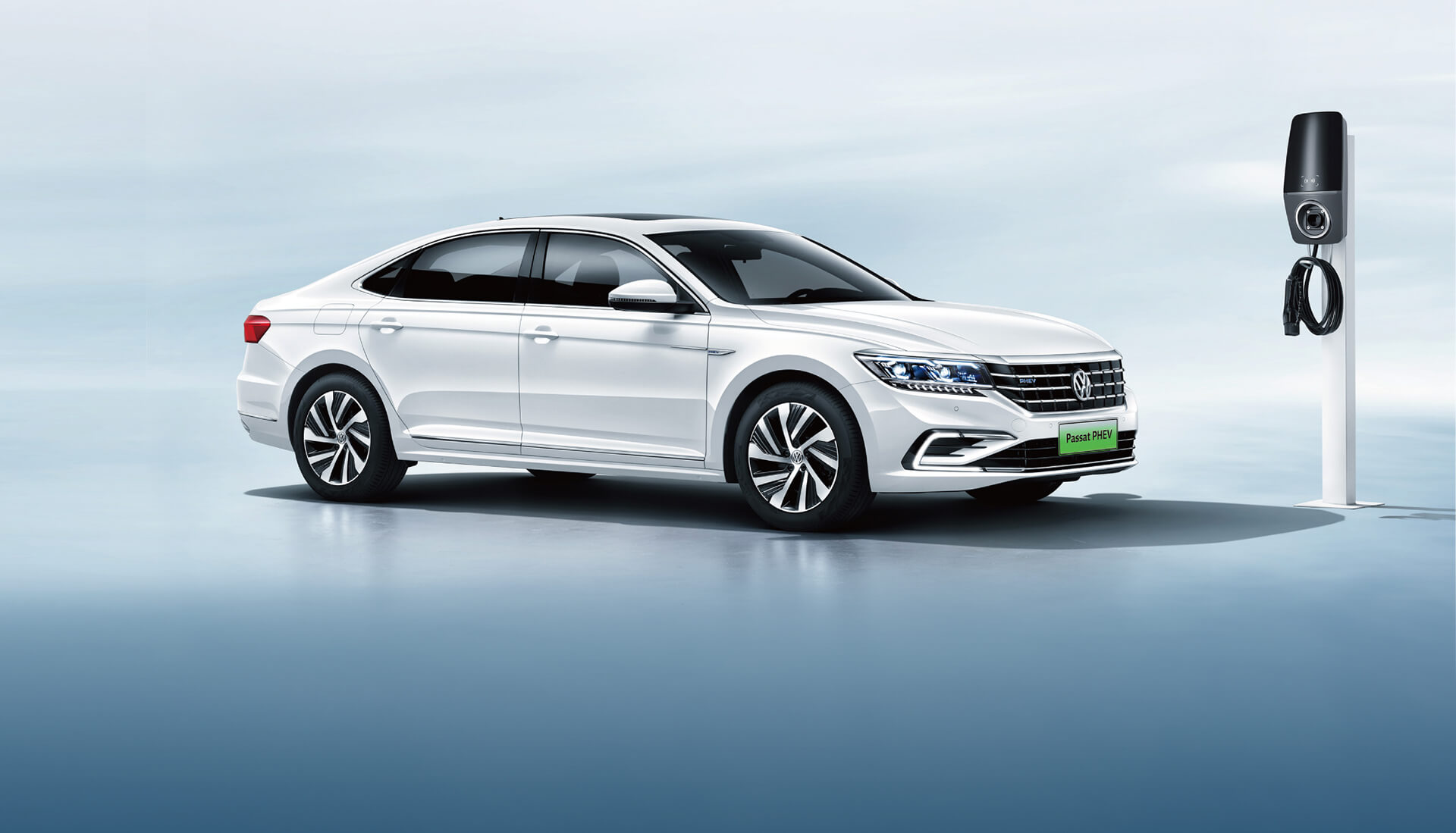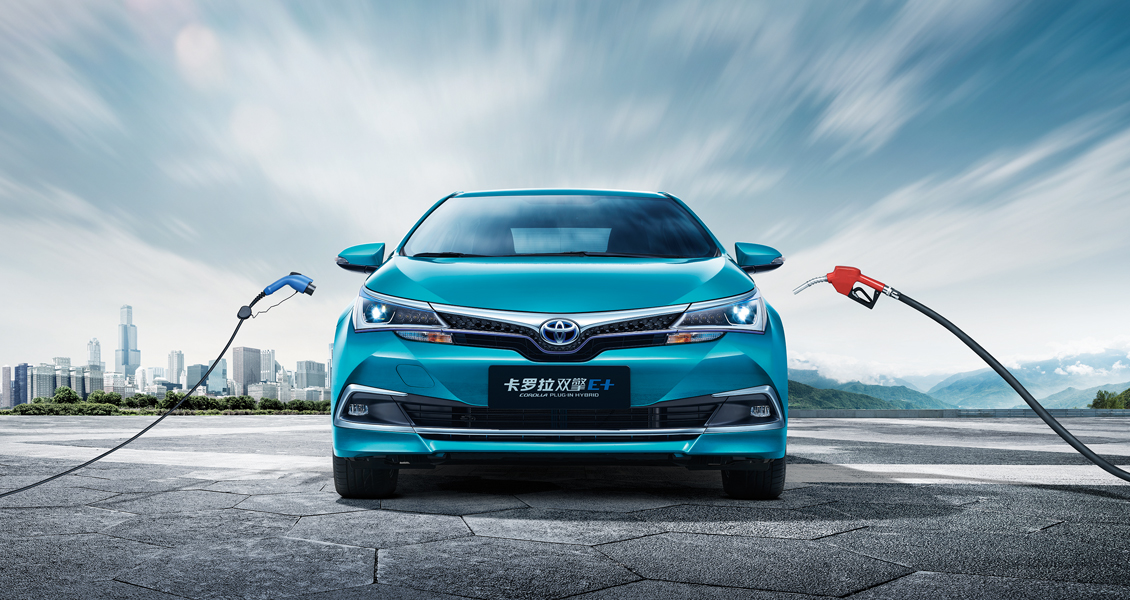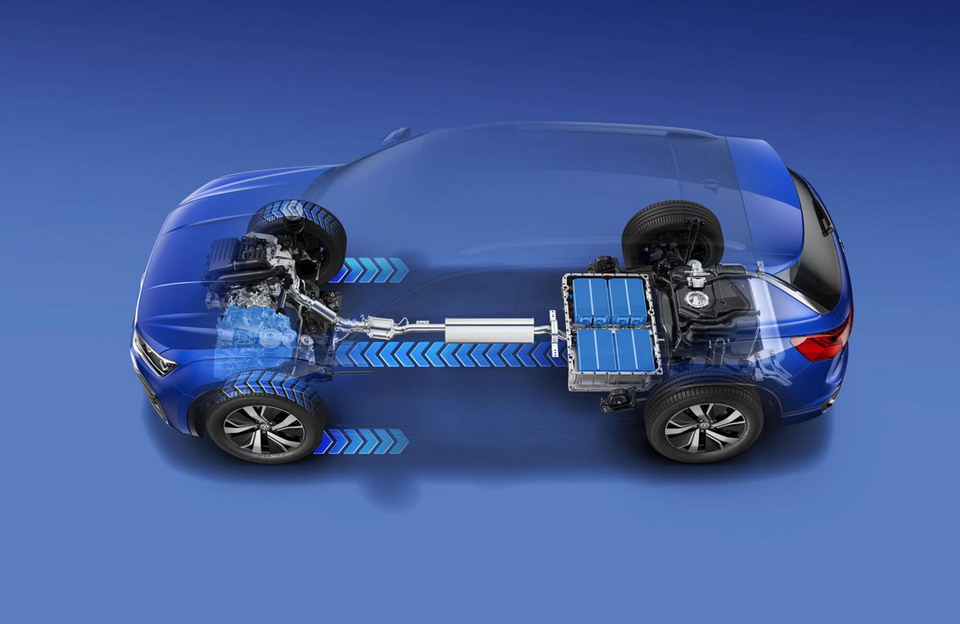A plug-in hybrid vehicle is actually a type of hybrid vehicle.
Plug-in hybrid vehicles have both the traditional components of a car, such as the engine, transmission system, fuel system, and fuel tank, as well as the components of a pure electric vehicle, such as the battery, electric motor, and control circuit. Additionally, the battery capacity of plug-in hybrids is relatively large, and some plug-in hybrids do not have charging interfaces.
Generally, plug-in hybrids and hybrids have the same goal, which is to achieve better initial acceleration and lower fuel consumption.
However, plug-in hybrids also have limitations. Compared with traditional fuel vehicles on the same platform, adding a battery pack will take up space. In addition, most plug-in hybrids only have one AC slow charging port. Although the battery is small, charging time will be relatively long.
Currently in Shanghai, plug-in hybrids can still receive free new energy green license plates, but this policy will no longer be available starting in 2023.
Representative models: Passat PHEV, Corolla Twin Engine, etc.


This article is a translation by ChatGPT of a Chinese report from 42HOW. If you have any questions about it, please email bd@42how.com.
